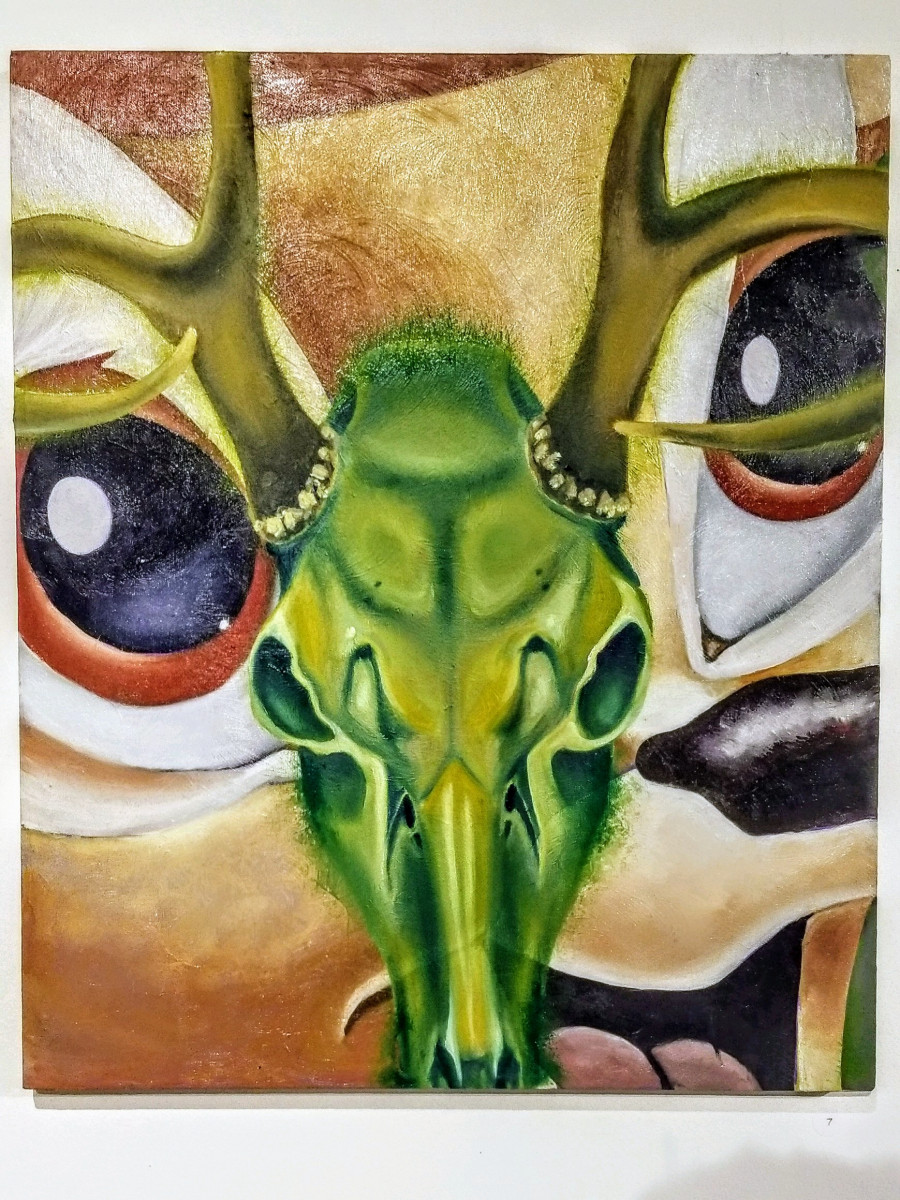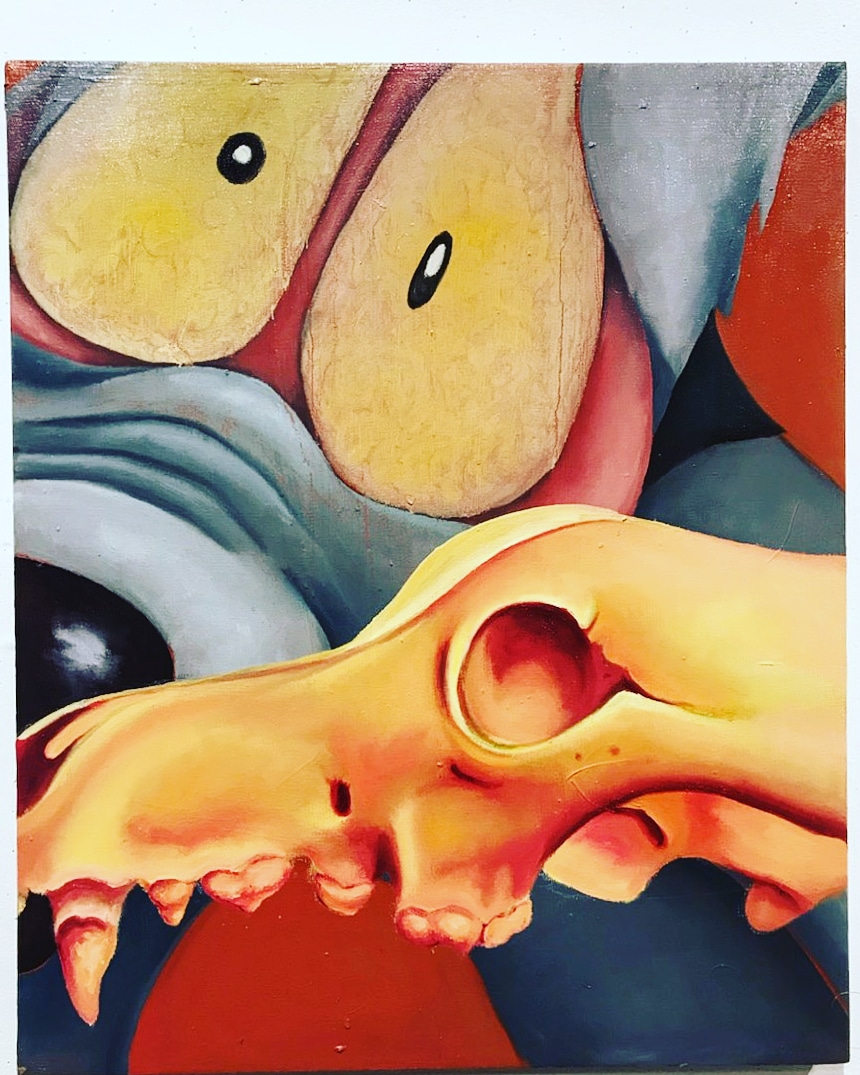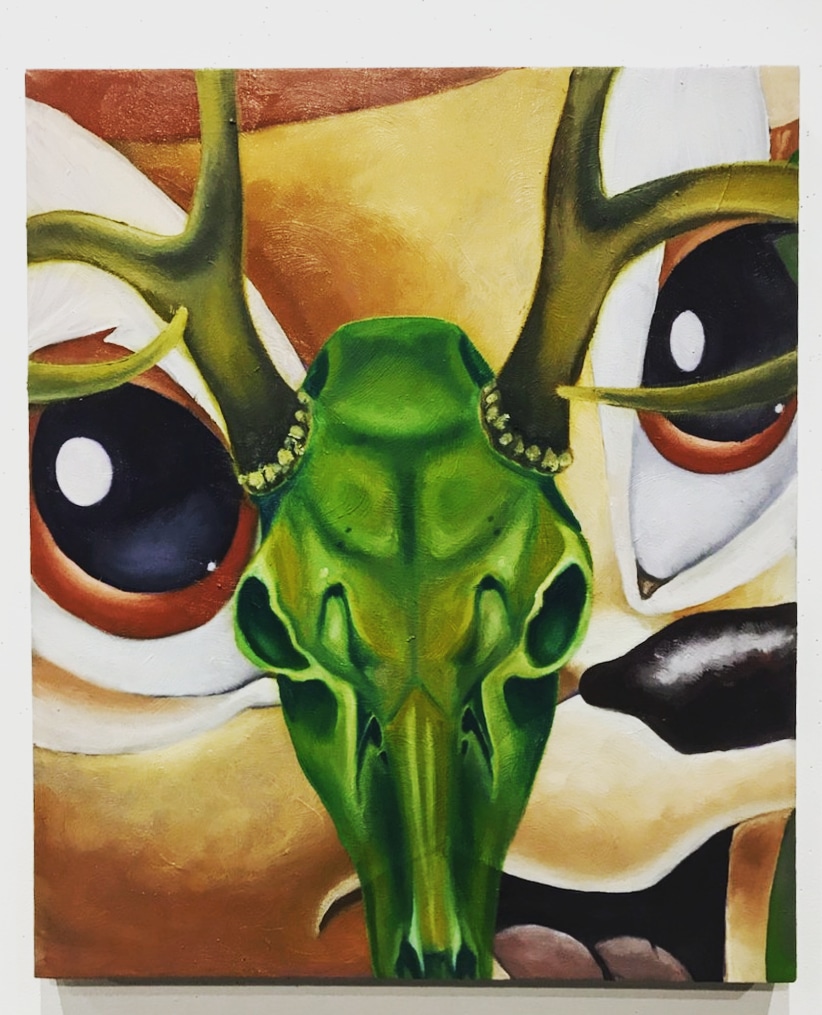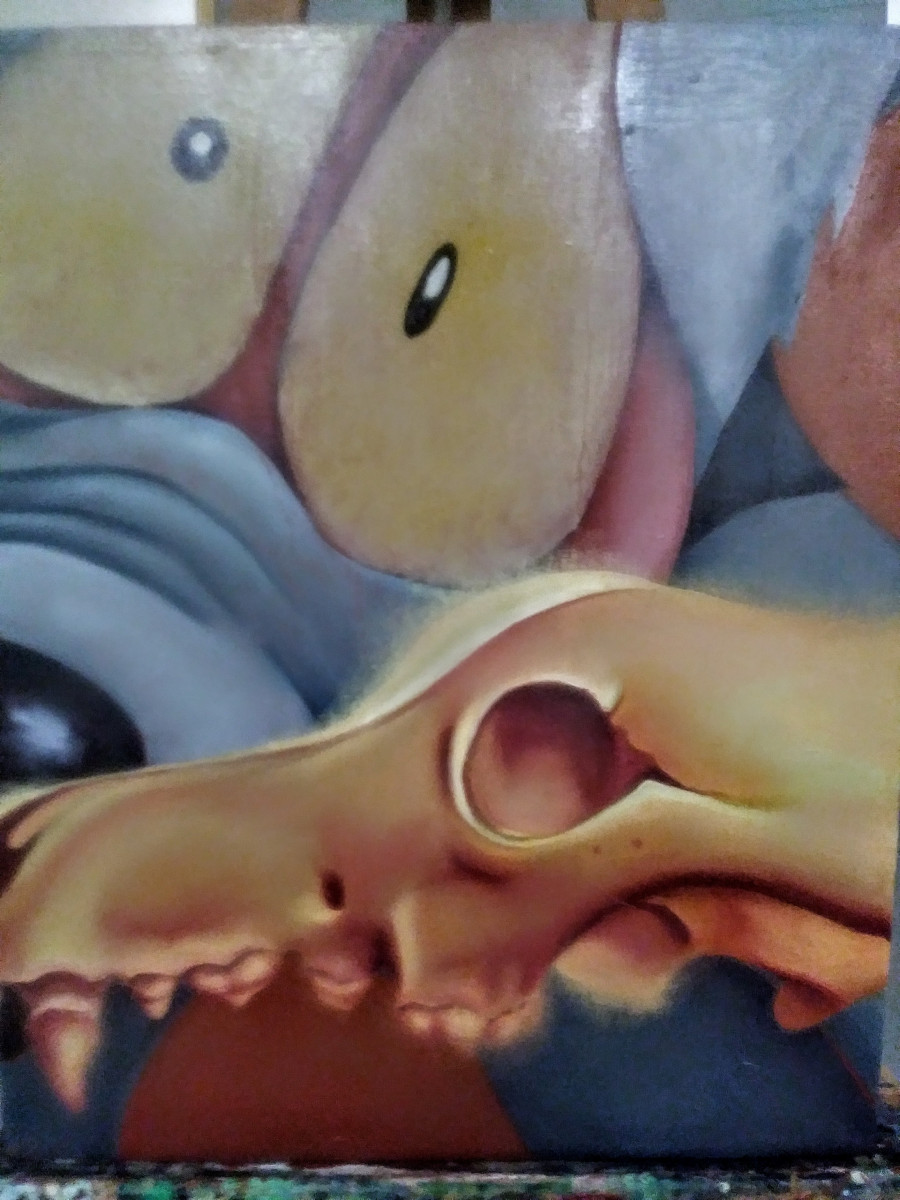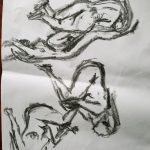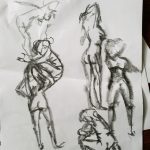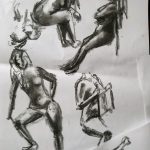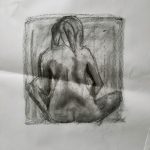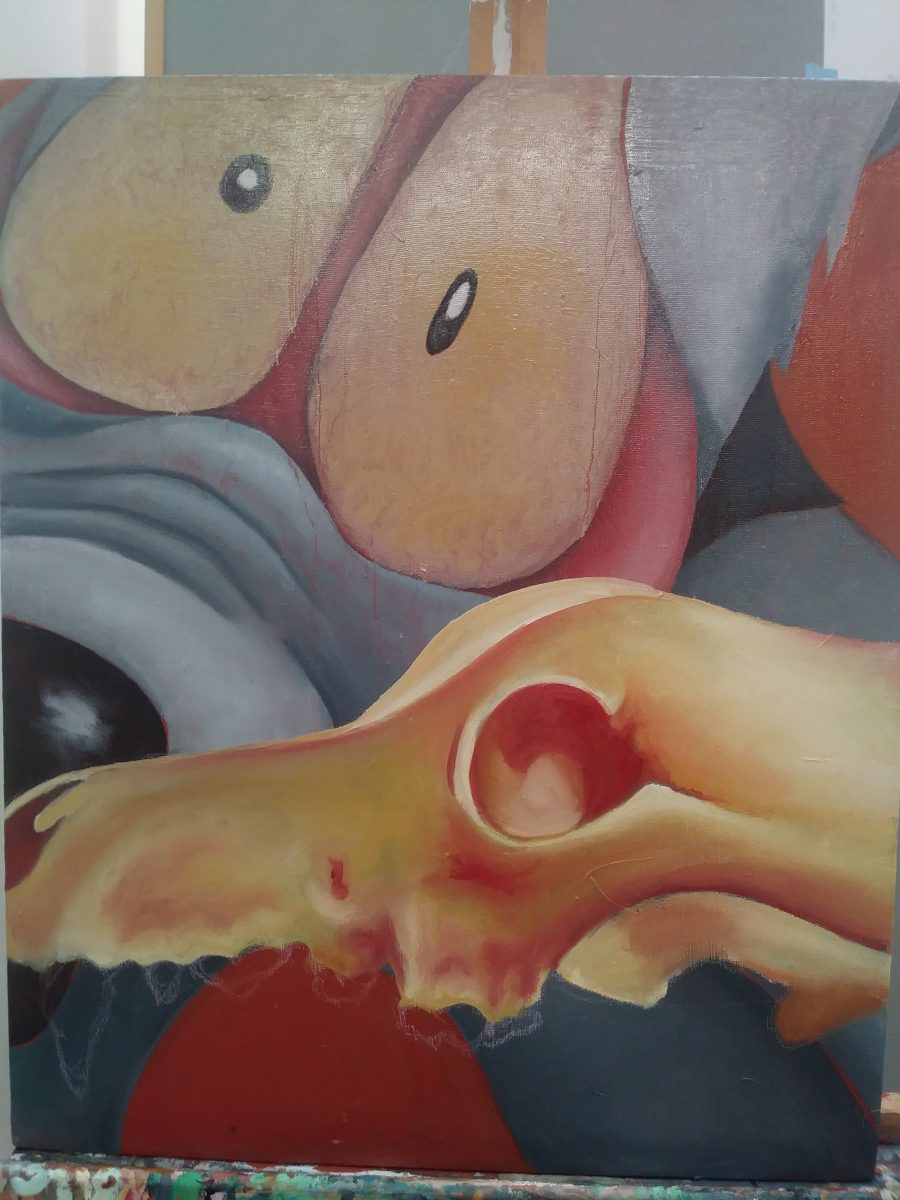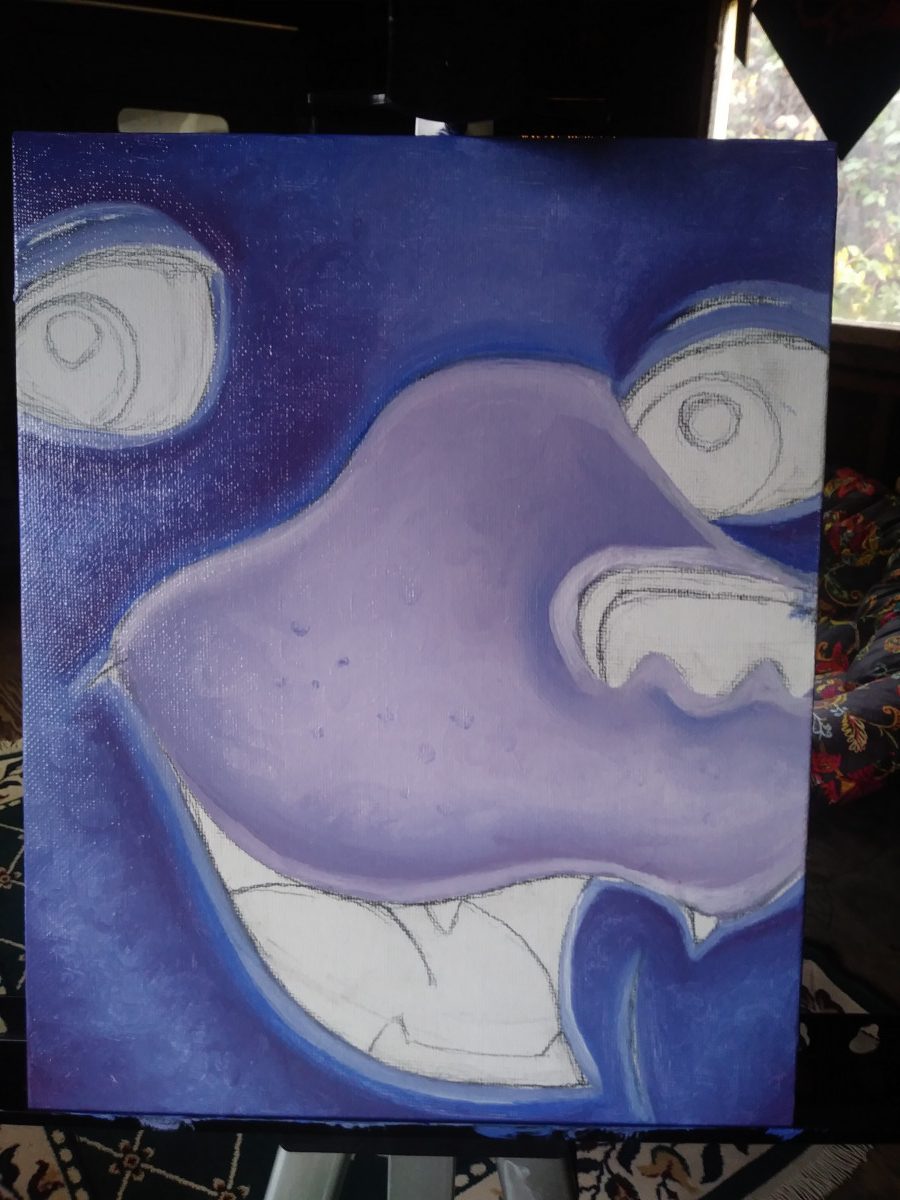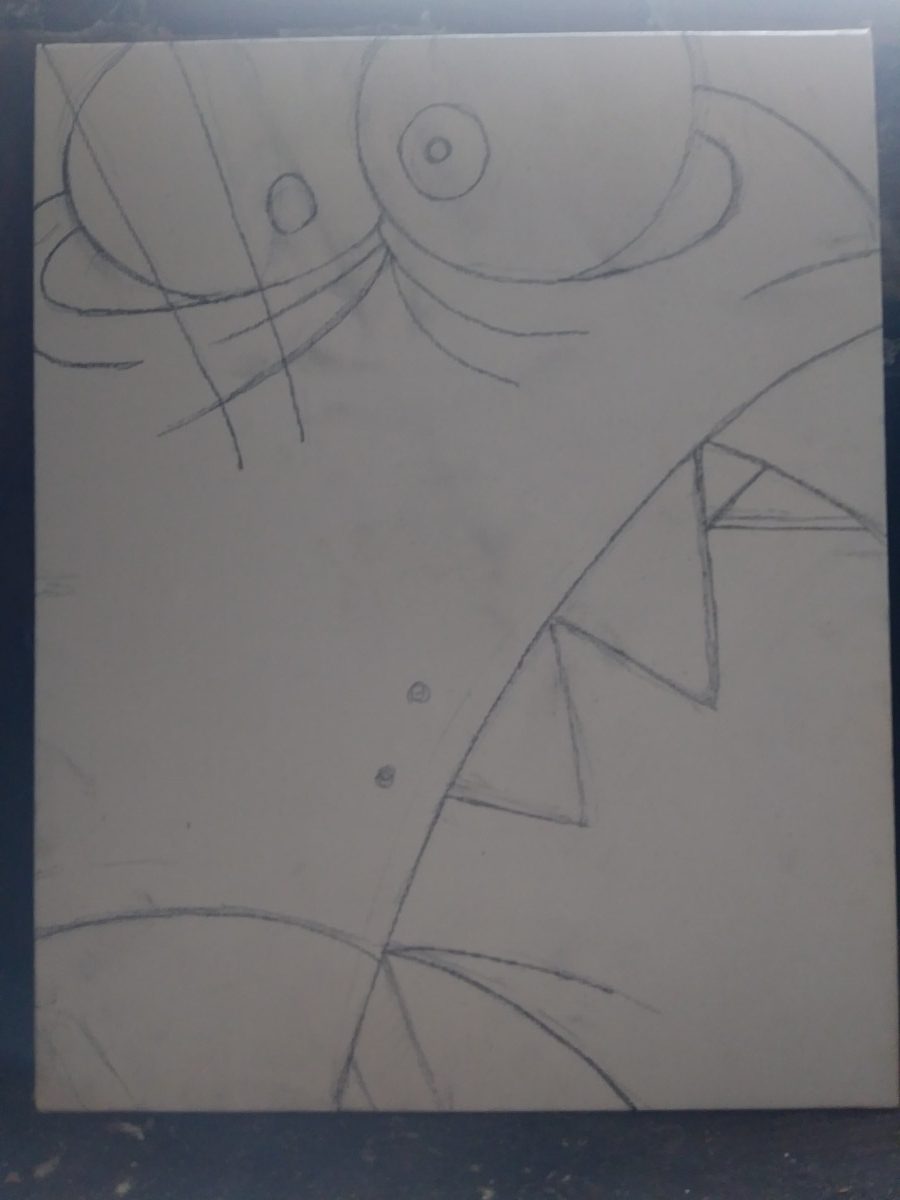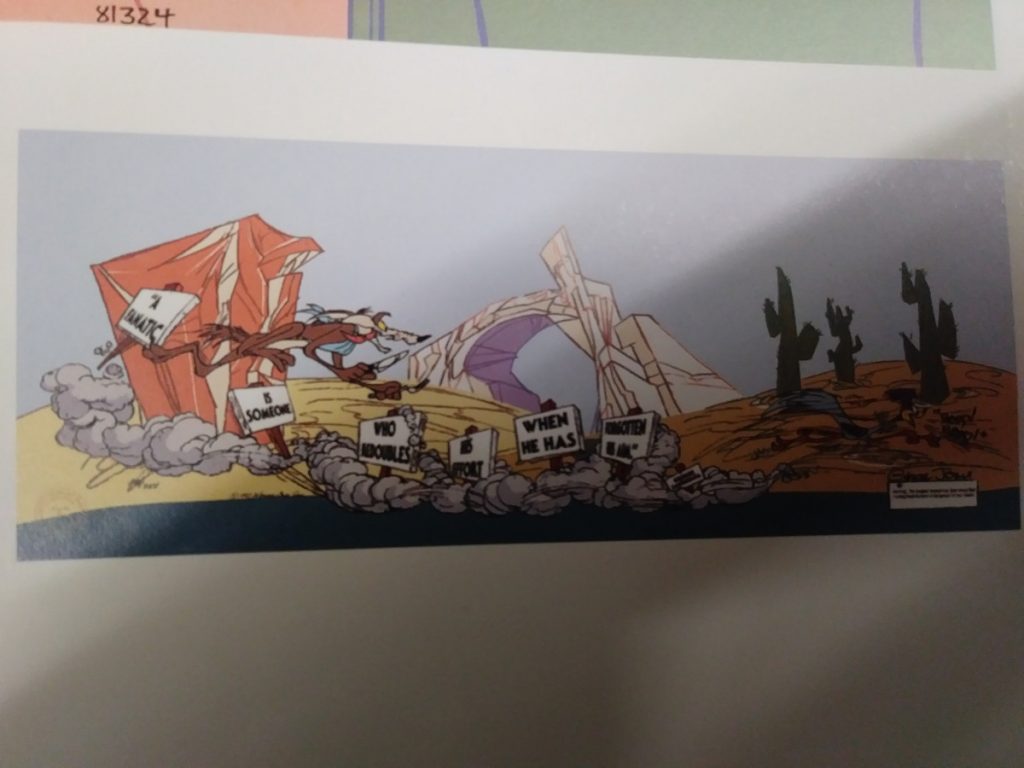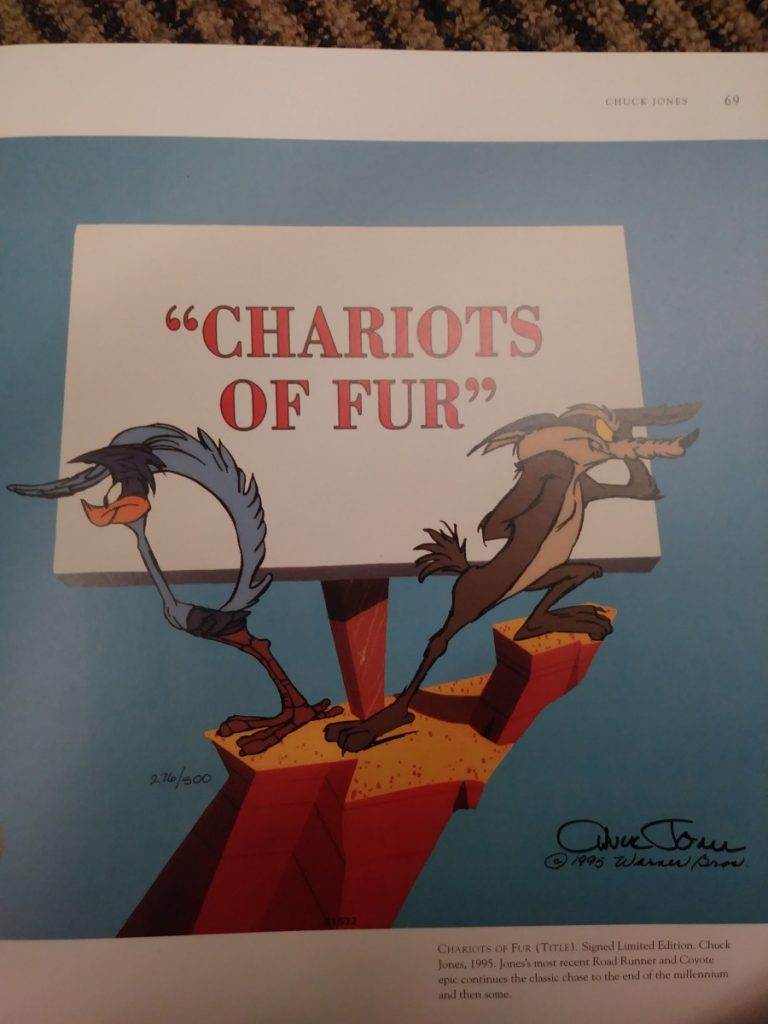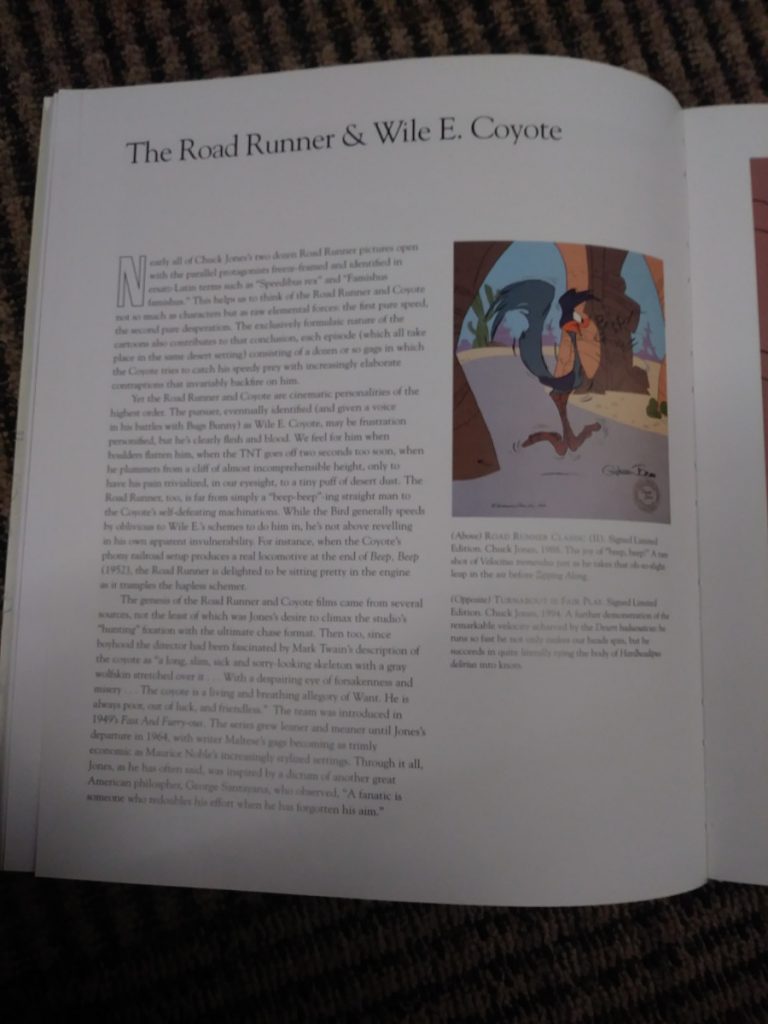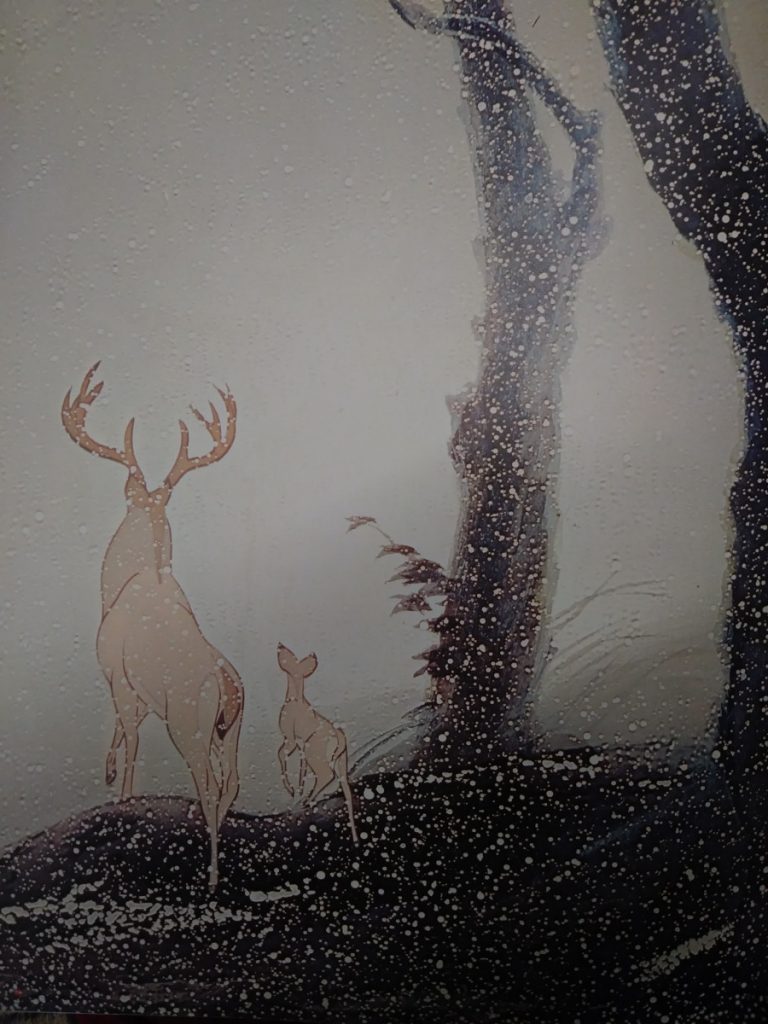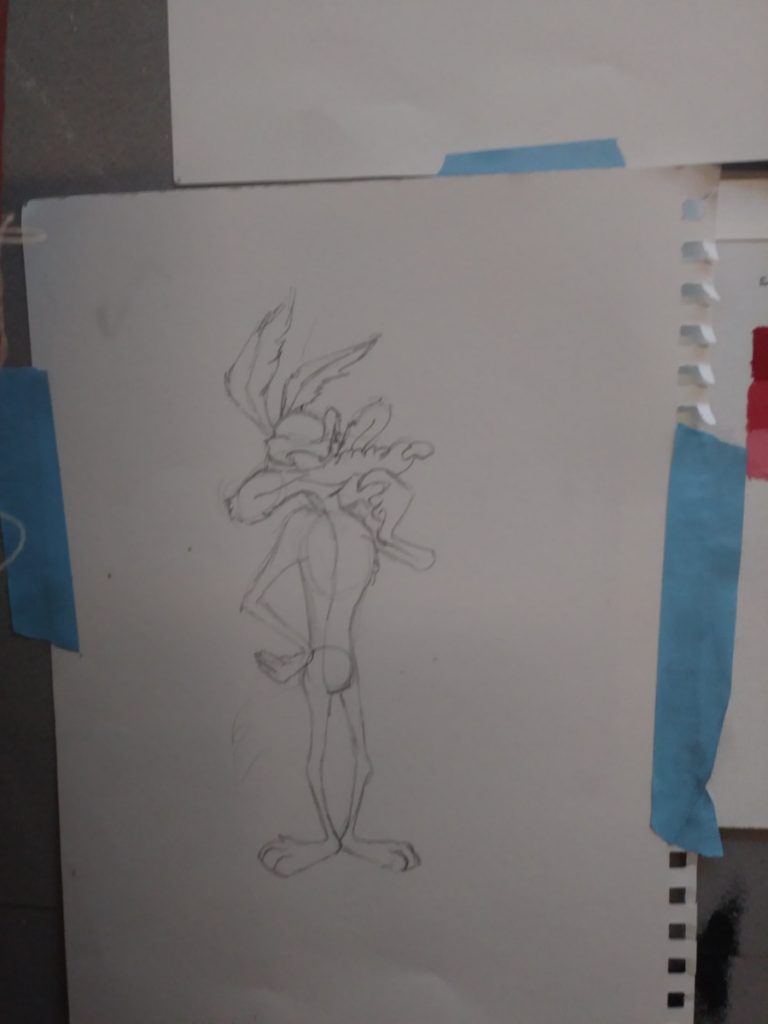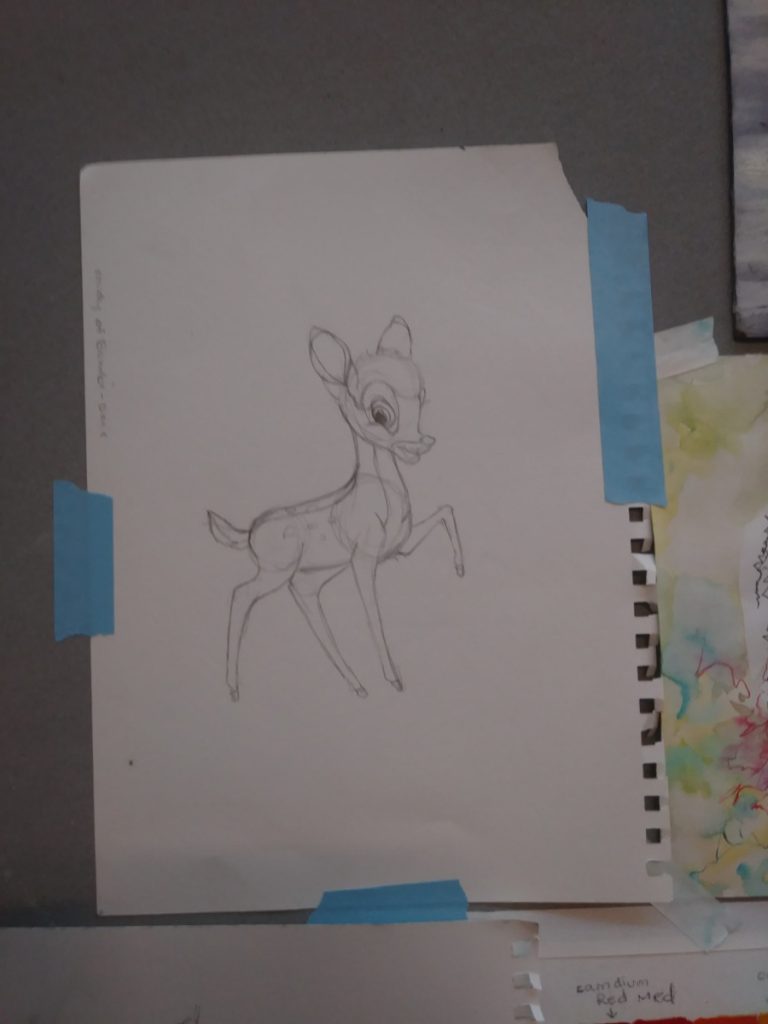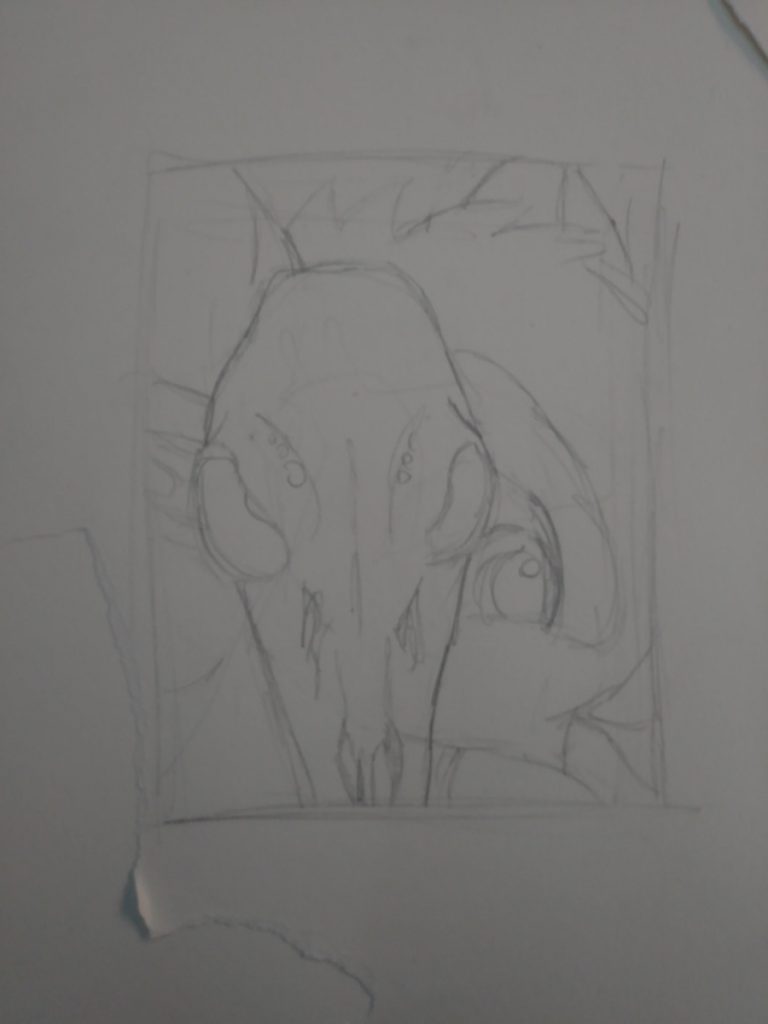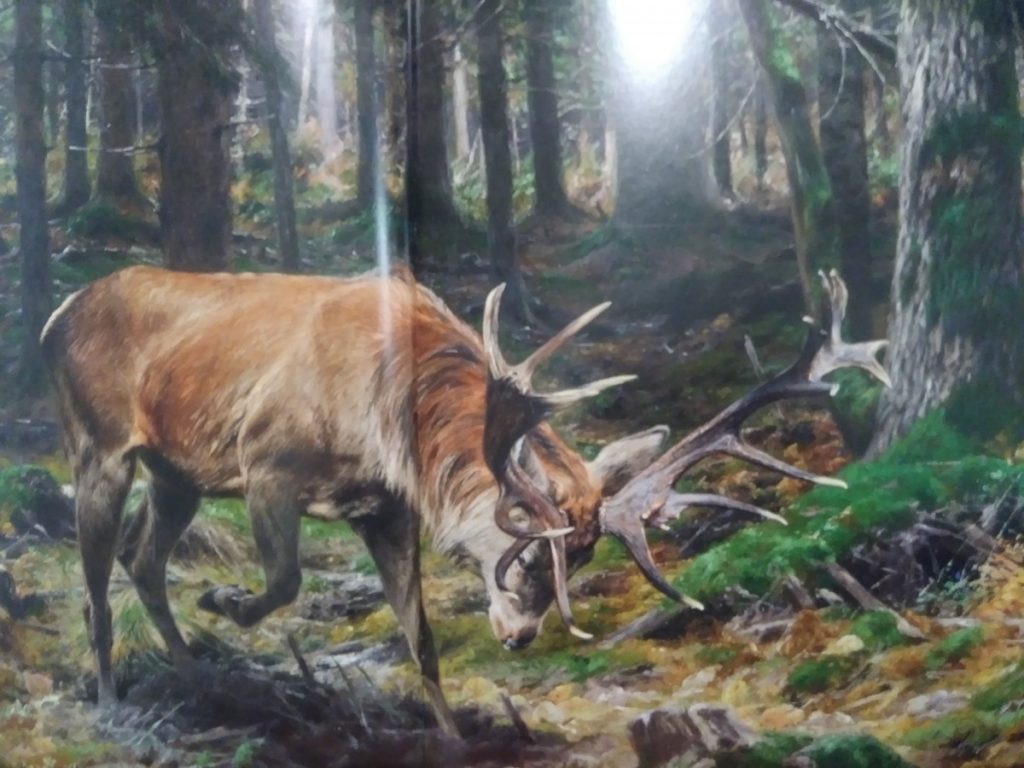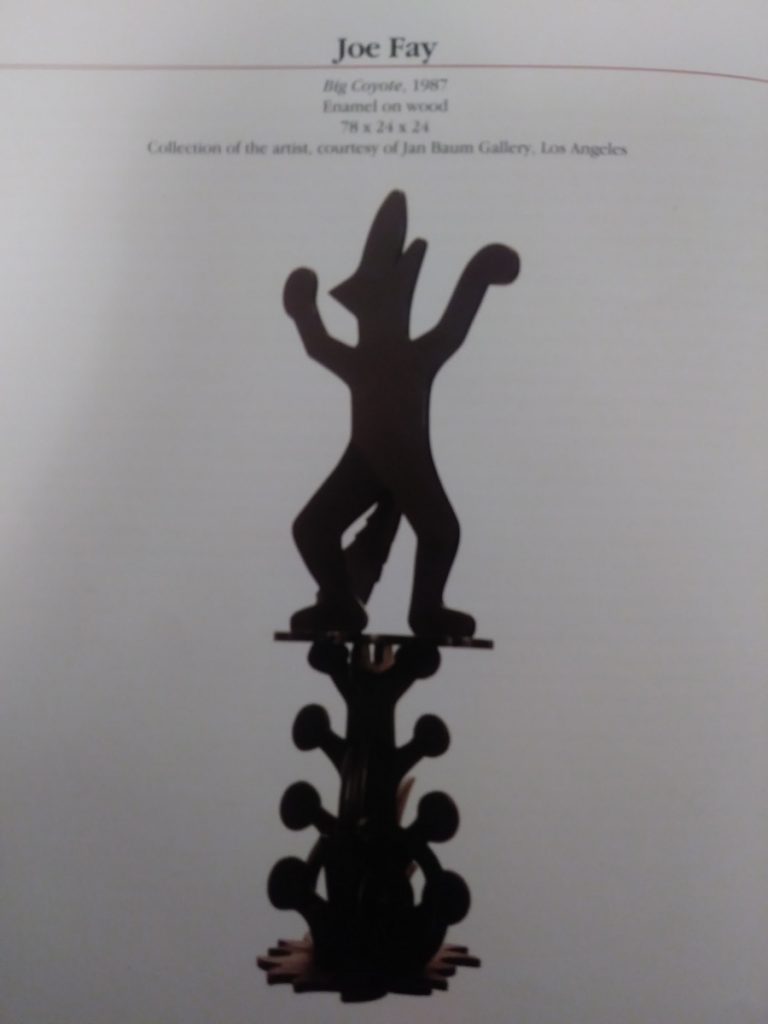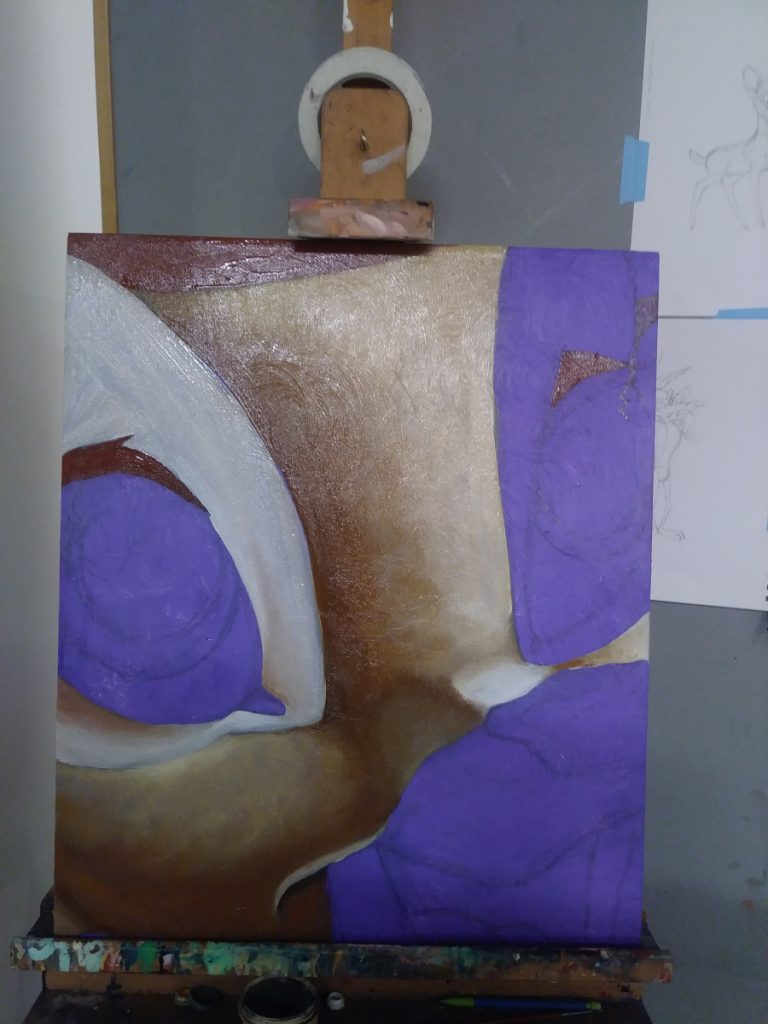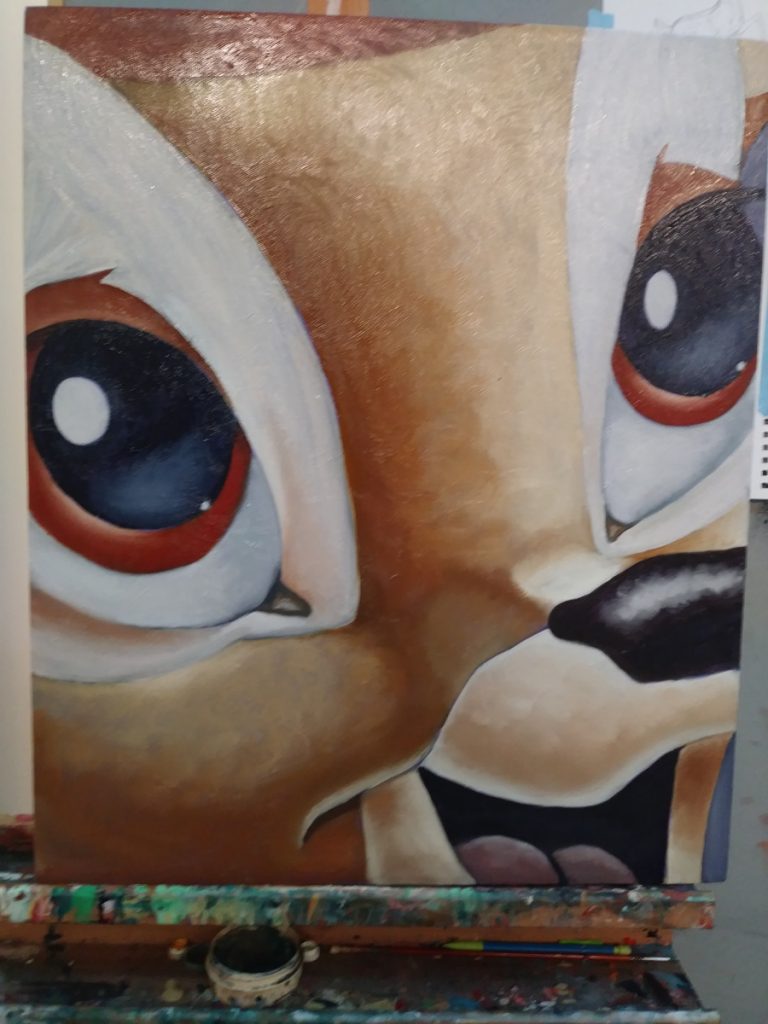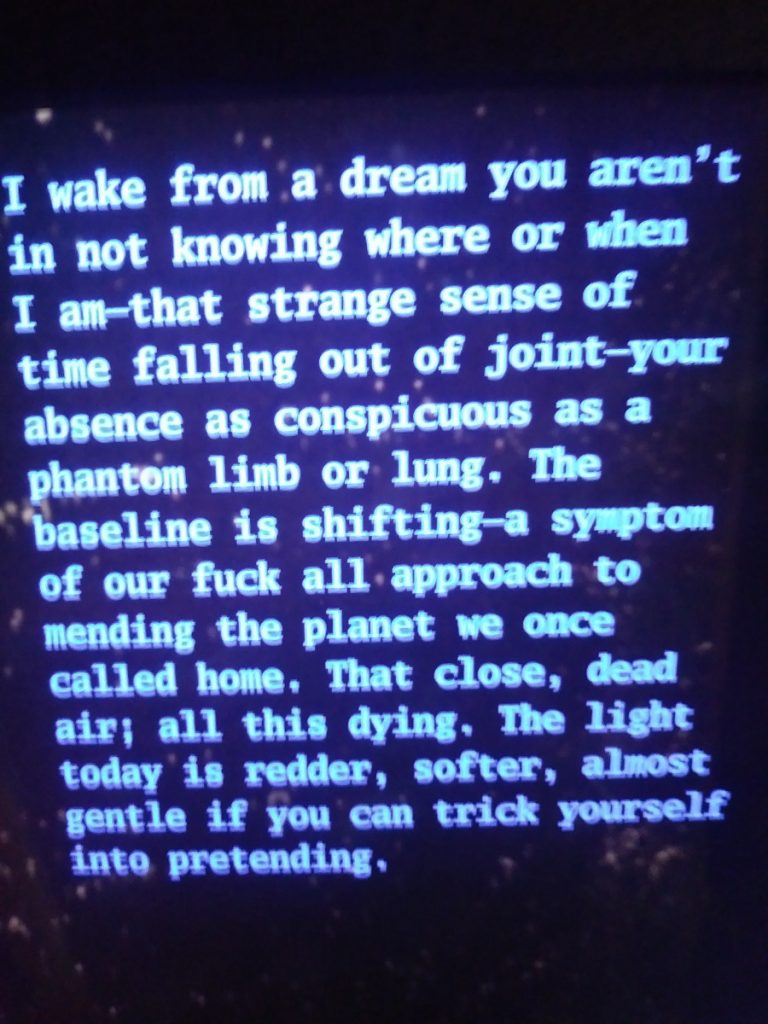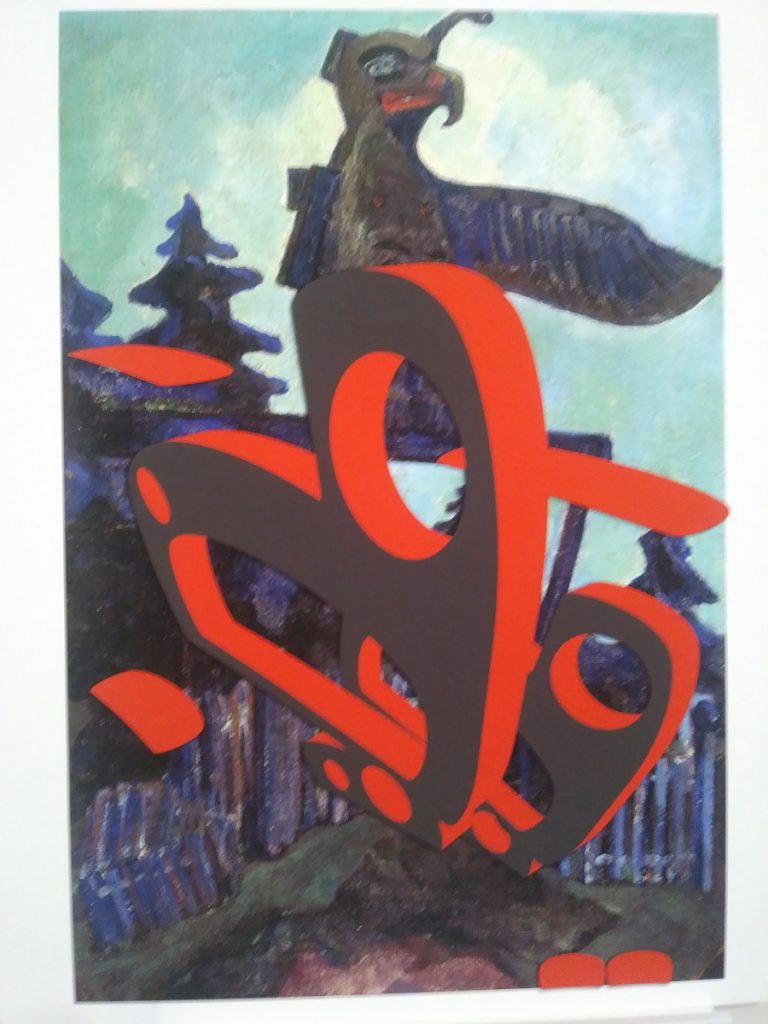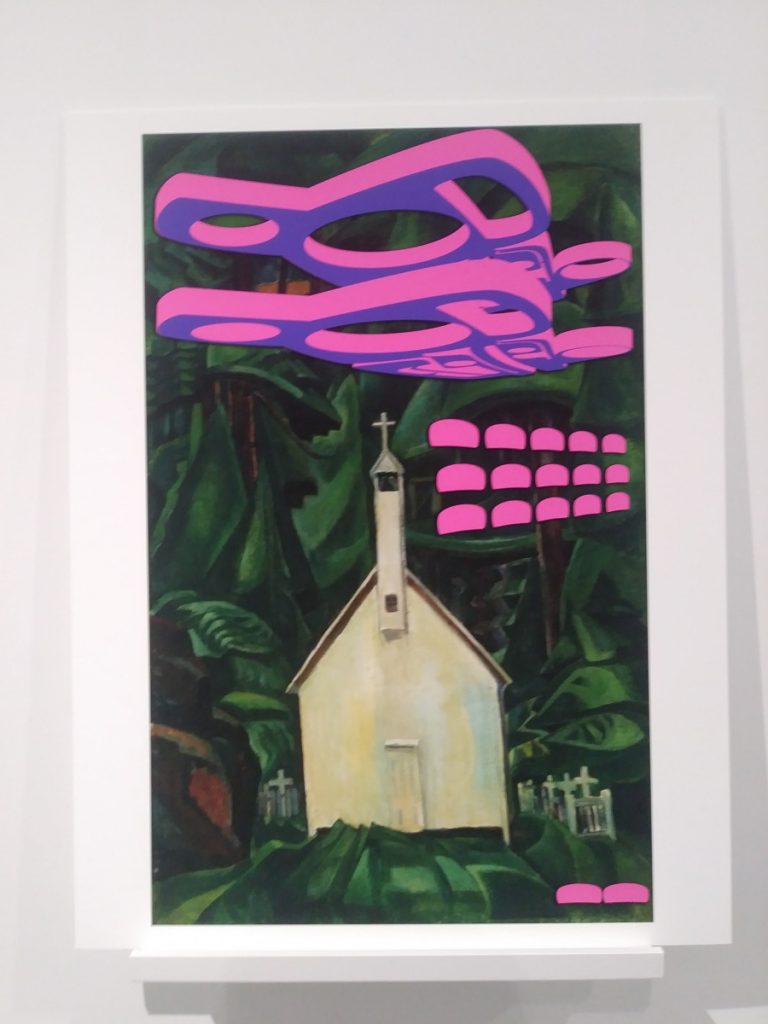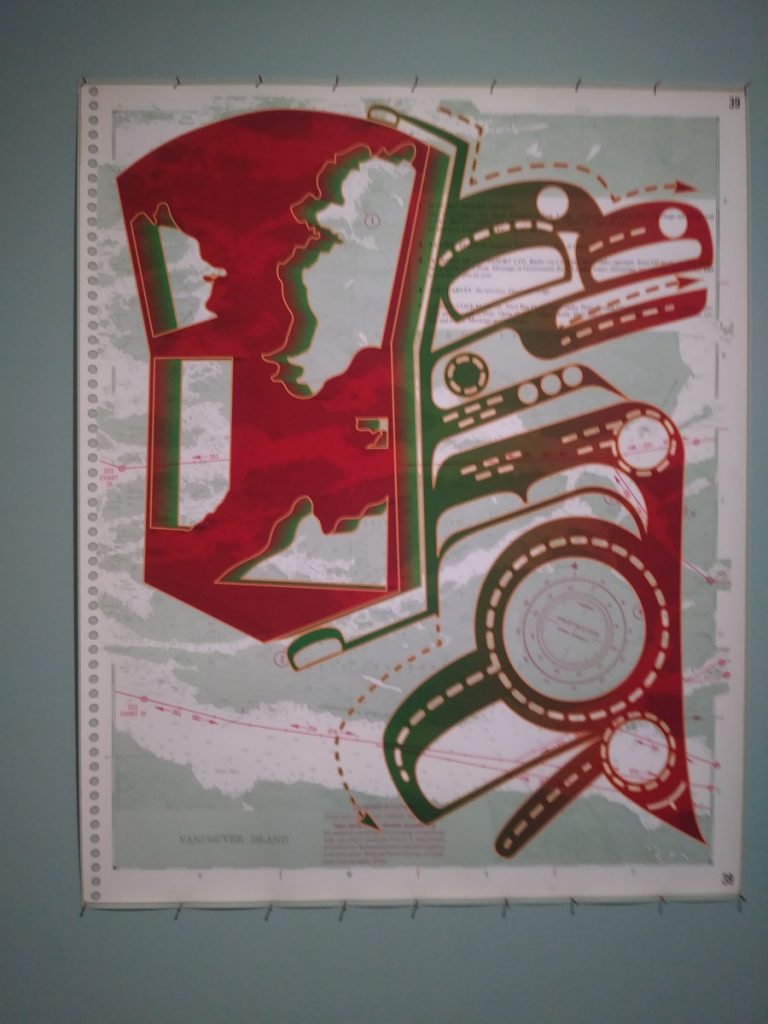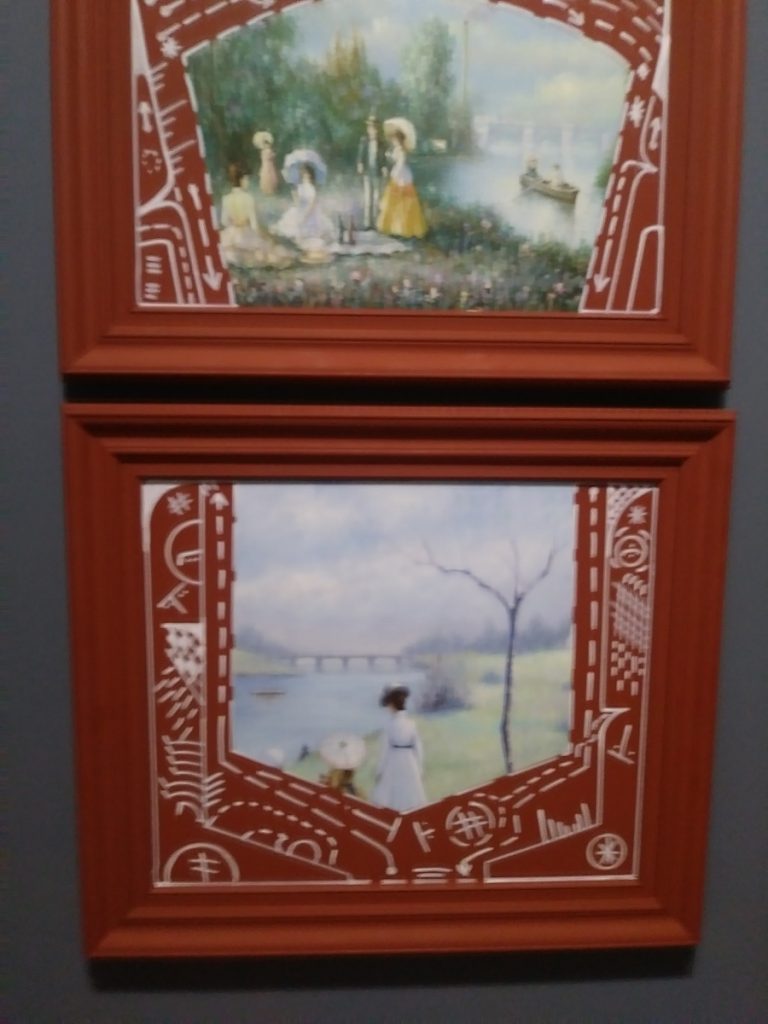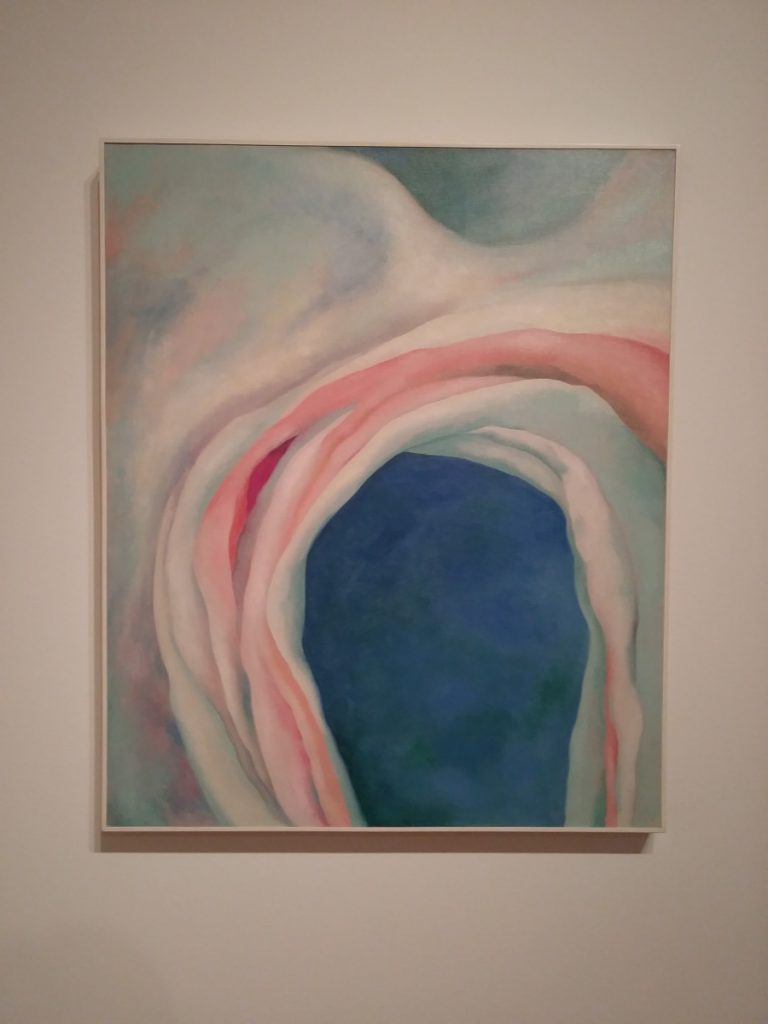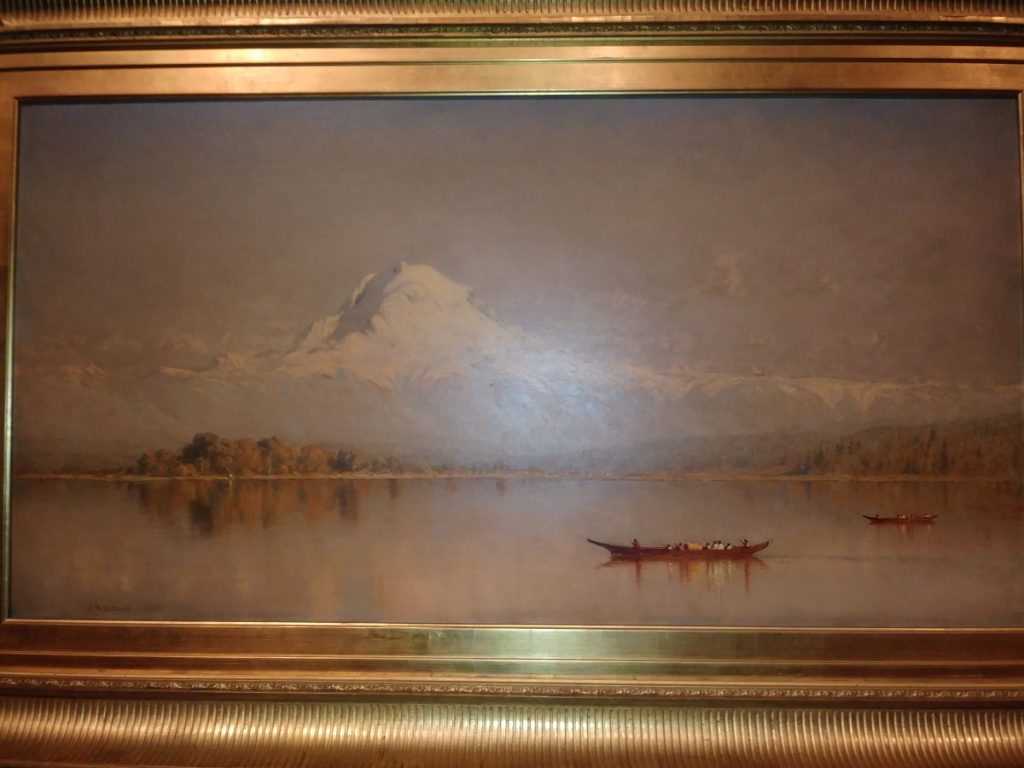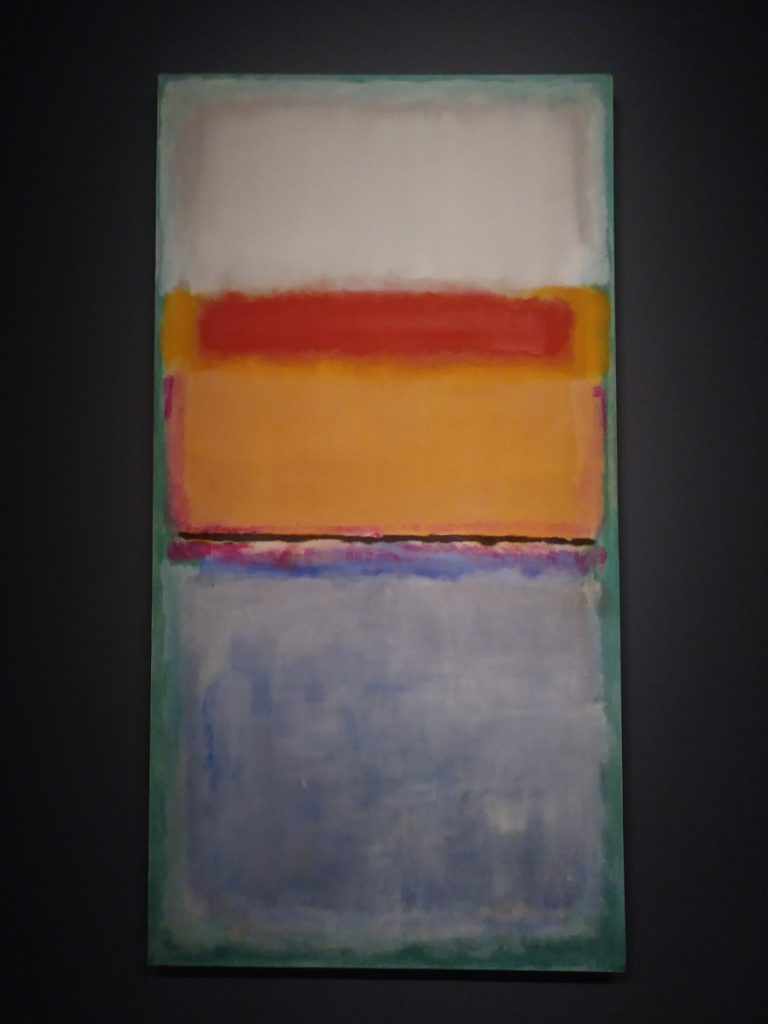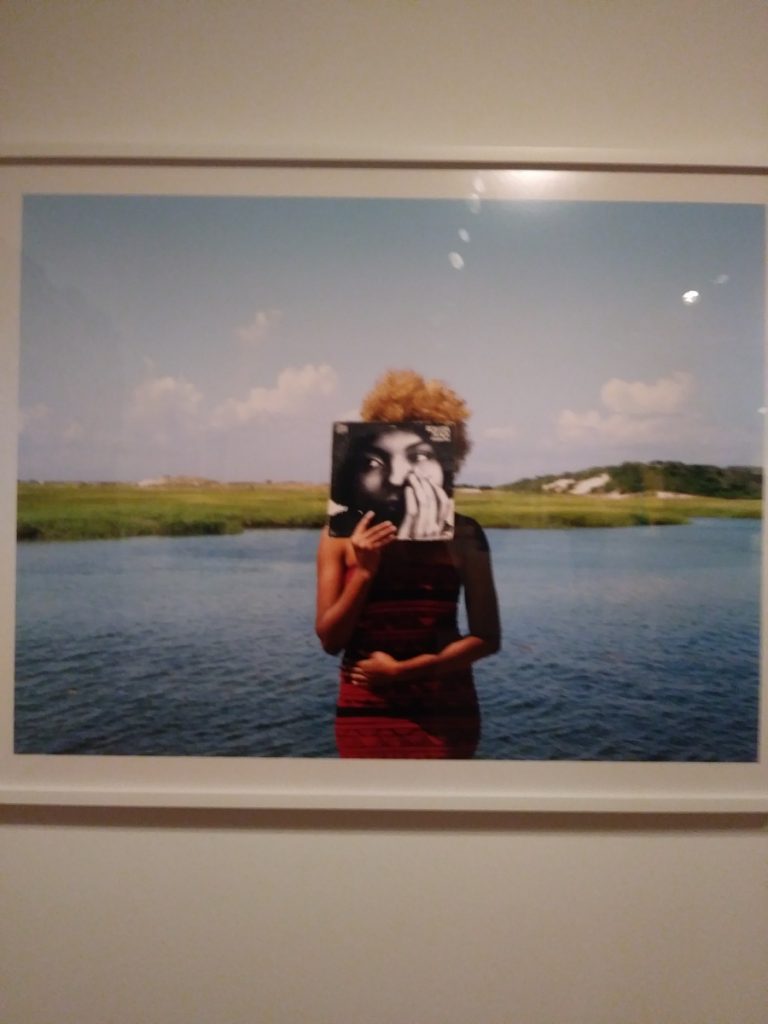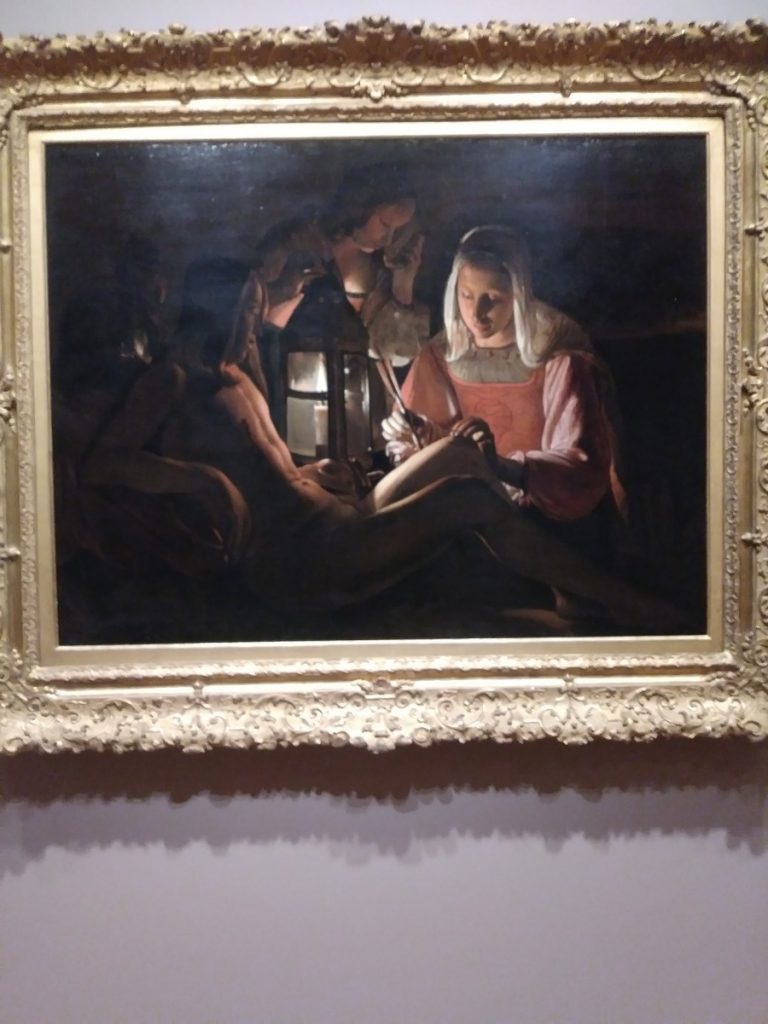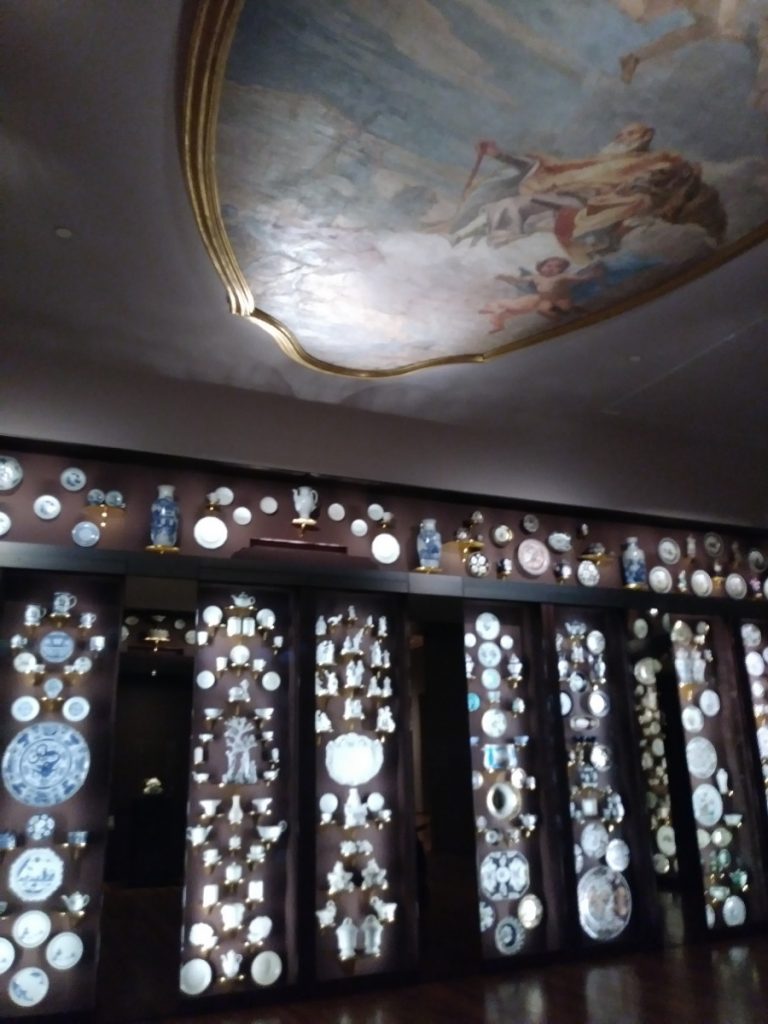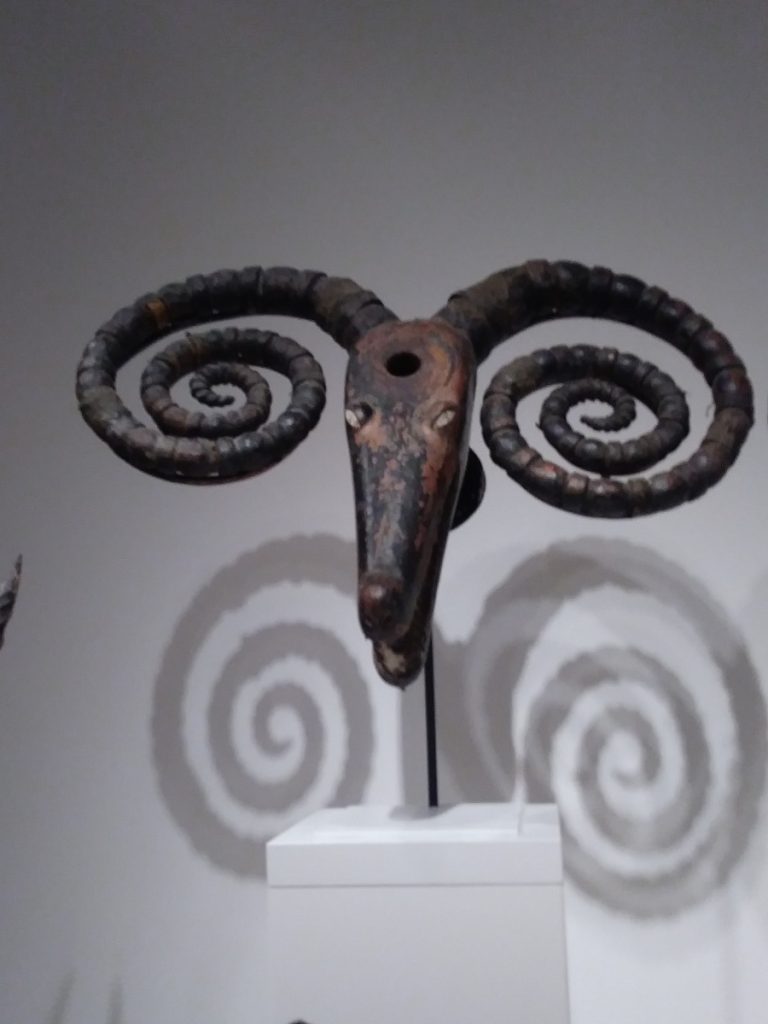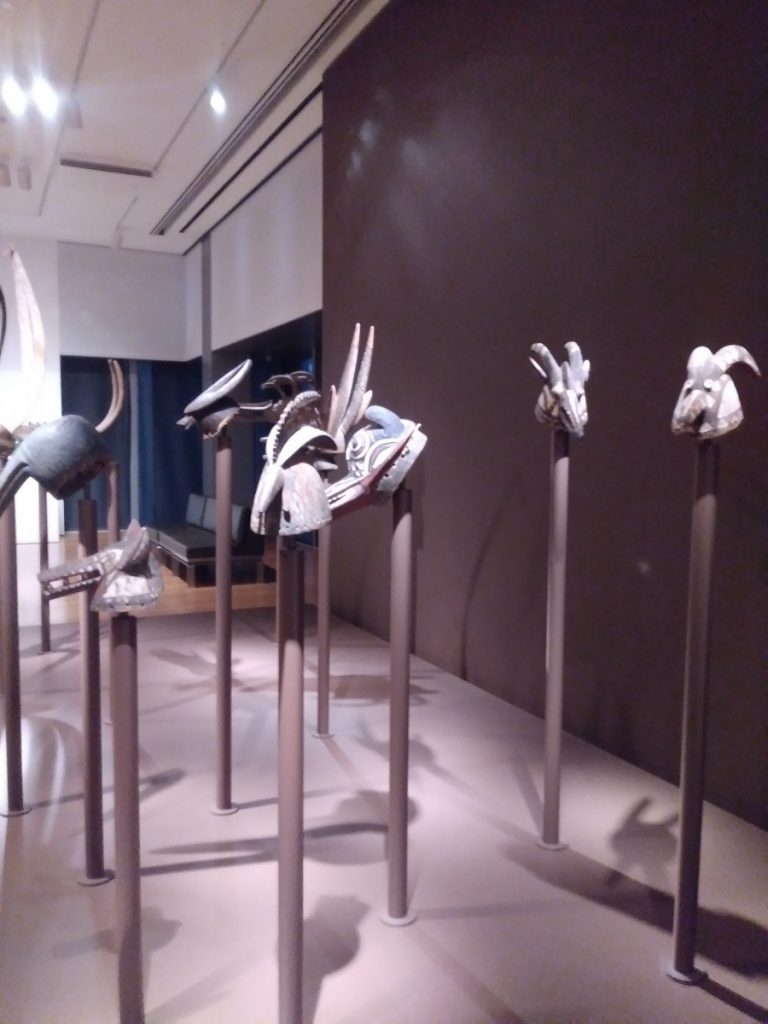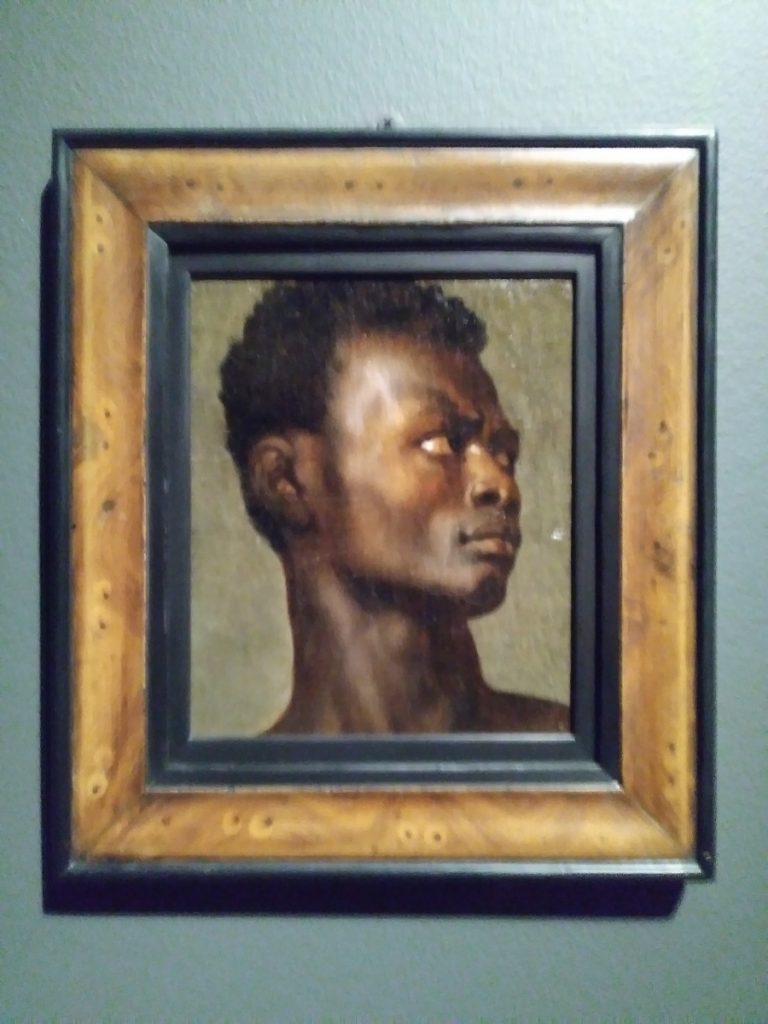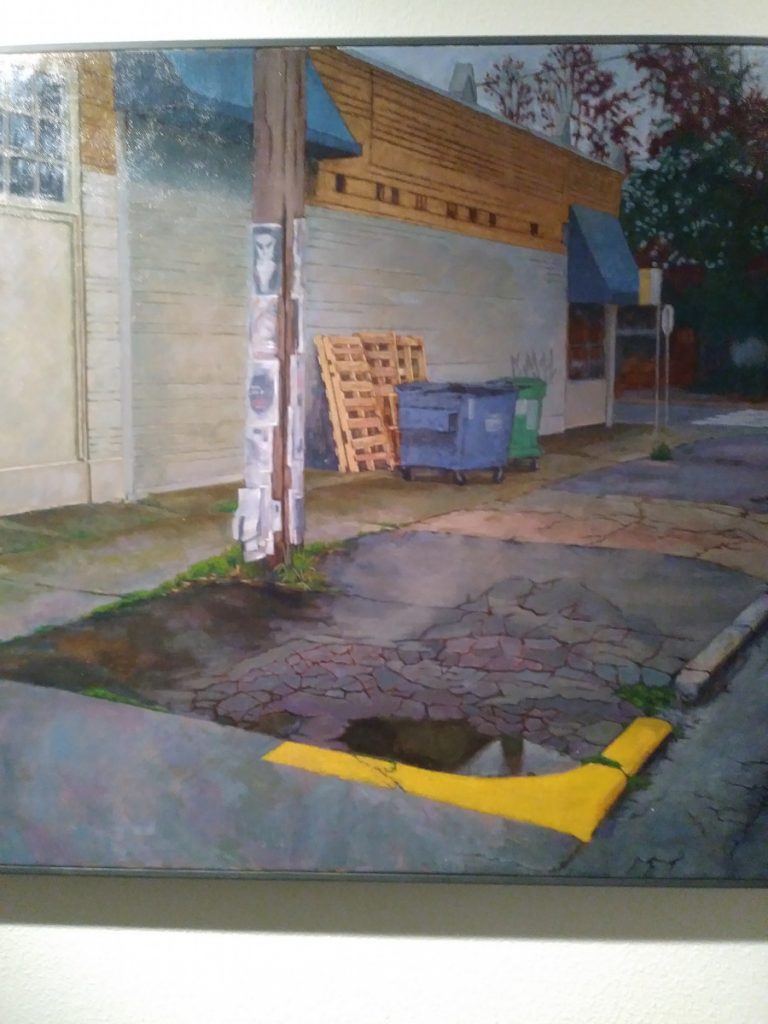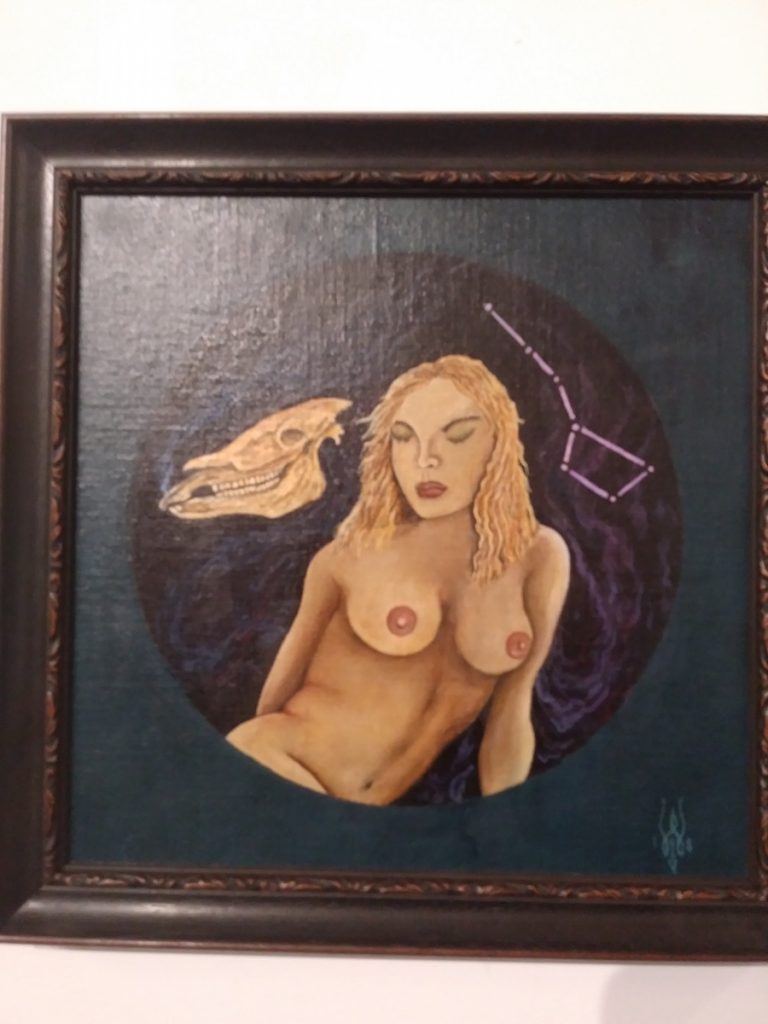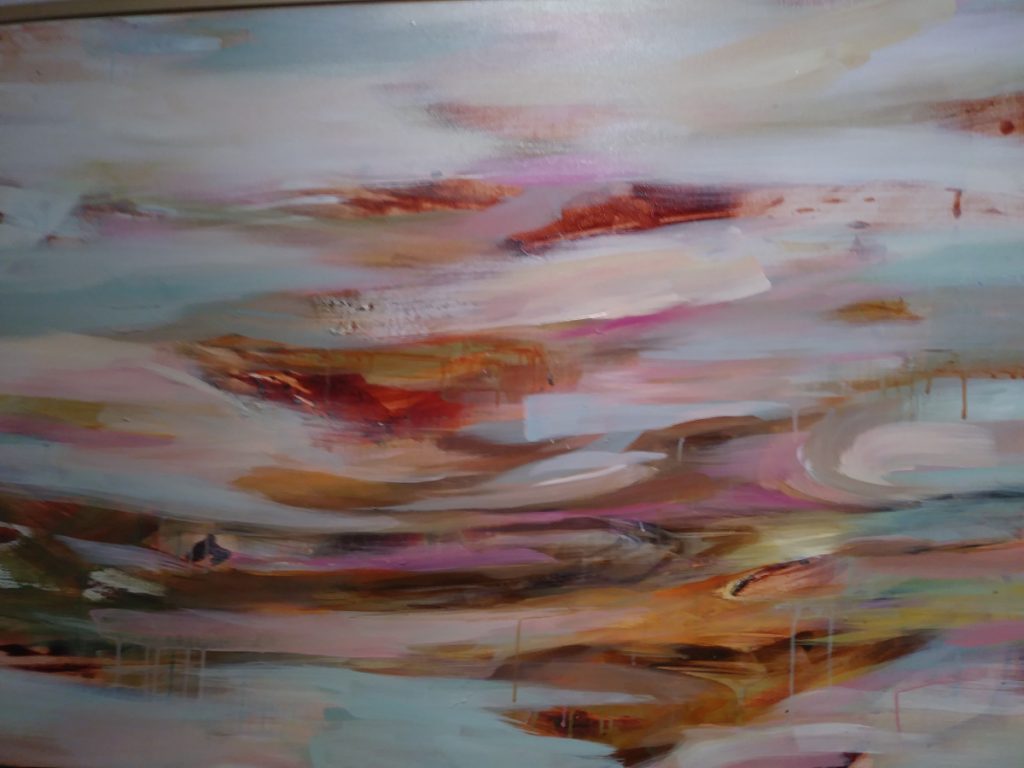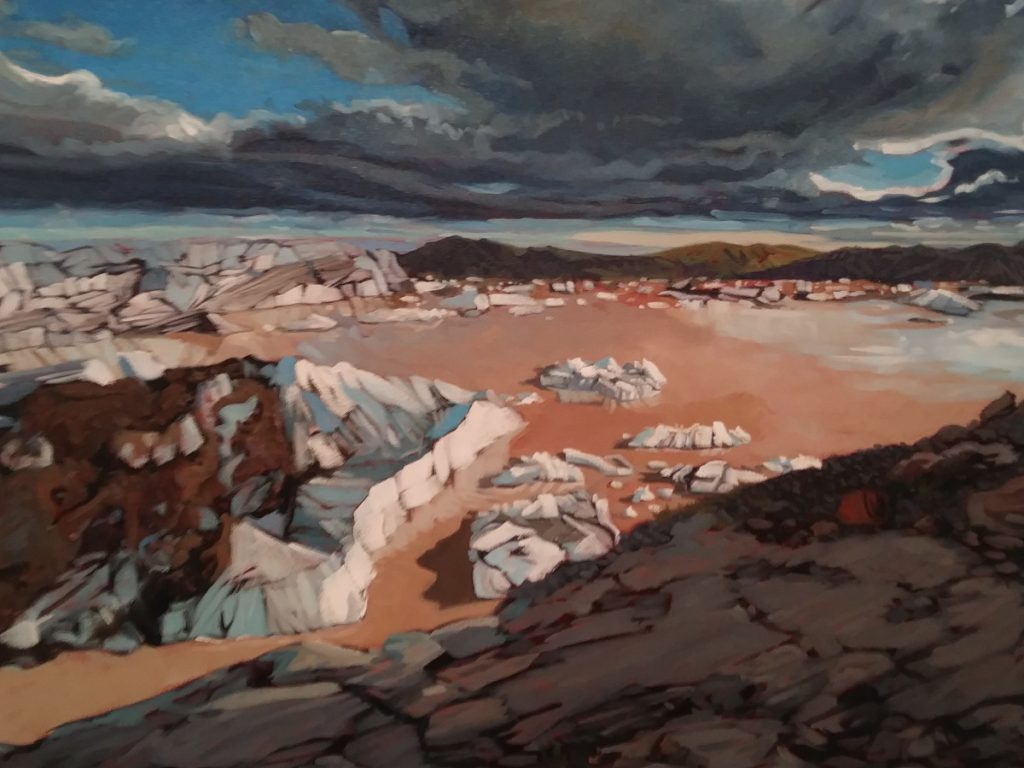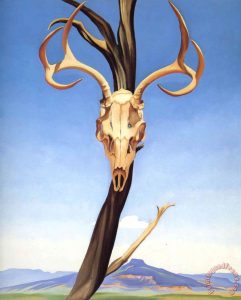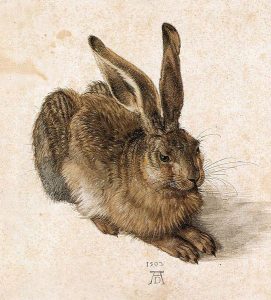Annotated Bibliography_ Week 6
(For the fully formatted version of this text, see file attached.)
Annotated Bibliography: Week 6
November 3rd, 2018
Kate Cochran
Theory and Practice of Painting
Brotherton, Barbara. S’abadeb, The Gifts: Pacific Coast Salish Art and Artists. Contributions by The Seattle Art Museum, Seattle Art Museum in association with The University of Washington Press, 2008
This source provides both theoretical resources pertaining to animal totems and human interaction with nature through a Northwest Indigenous lens. It also provide visual art sources on naturalistic form, representation, and composition. (Subject matter and visual art references)
Caughley, Graeme. The Deer Wars. Heineman, 1983
The Deer Wars provides theoretical information on human interference and relationships to deer on the island of New Zealand in the late nineteenth and early twentieth century. It provides further information on sustainability of the species, and how the deer population was perceived and used by the public. (Theoretical reference)
Chapman, Joseph and Feldhamer, George. Wild Mammals of North America. Illustrated by Frances P. Younger, The John Hopkins University Press, 1982, pp. 447-459 and pp. 862-877.
This biological journal describes in-depth scientific profiles of both the coyote and mule deer for theoretical use in my project. It also includes illustrations and photographs of live and dead specimens of these animals available for reference. (Subject matter and visual art references)
Feder, Martin and Lauder, George. Predator-Prey Relationships.The University of Chicago Press, 1986.
This source provides subject material on the interaction between predator and prey, relationships between animals without human interference, and behavioral tendencies of different sub-categories of mammals. (Subject matter reference)
Lowe, Sarah M. The Diary of Frida Kahlo. Introduction by Carlos Fuentes, Harry N. Abrams Inc, in association with La Vaca Independiente S.A. de C.V., 1995.
The Diary of Frida Kahlo outlines the artist’s thoughts and process of art, along with resources pertaining to her style, use of color, and use of form to portray content. (Visual art reference)
Mitchell, W. J. T. “Romanticism and the Life of Things: Fossils, Totems, and Images.” Critical Inquiry, Vol 23, No. 1, The University of Chicago Press, 2001.
This article investigates Romanticism in the physical world in depth, and over a range of cultures, historical periods, and genres of art and literature. It also gives me a better understanding as to what a totem is, and how this term is essential to my project. (Theoretical reference)
Prothero, Donald and Schoch, Robert. Horns, Tusks, and Flippers: The Evolution of Hoofed Mammals. John Hopkins University Press, 2002, pp. 72-85.
This biological journal furthers my understanding of deer, their tendencies, behavior, and life cycle. It also outlines how they have evolved into their modern forms, and why they exist the way they are. (Subject matter reference)
Savage, Arthur and Savage, Candace. Wild Mammals of North America. Western Producer Prairie Books in association with The John Hopkins University Press. 1981.
This biological journal continues my studies of both coyotes and mule deer from a biological standpoint. I chose to reference multiple biological journals to understand the animals I will be portraying to gain an unbiased perspective on them before digging deeper into the connotations and stereotypes associated with them in human culture. (Subject matter reference)
Strauss, Walter L. The Complete Drawings of Albrecht Dürer. Vol. 2, 1550-1509, Abaris Books, Inc. 1974.
This volume of Dürer’s work outlines his perception and artistic style of the nature world. It has a focus on animal and biological studies, with many pieces consisting of animal profiles to refer to. It also outlines Dürer’s romantic tendencies within his art spanning over a variety of subject matter. Dürer is also one of my artist mentors. (Visual art reference)
Weiss, Jeffrey. Mark Rothko. Contributions by John Gage, Carol Mancusi-Ungaro, Barbra Novak, Brian O’Doherty, Mark Rosenthal, Jessica Stewart, and The National Gallery of Art in Washington D.C., Yale University Press, 1998.
This collection of Mark Rothko’s work highlights his use of abstraction and color as a way to convey emotional response and spiritual content. Although it is not part of the official Romantic genre of art, I feel that the heavy themes of the sublime and spiritual connection have relevance to what I am trying to investigate. His use of minimalist form and color in something I hope to incorporate into the background of both of my pieces to add depth and highlight the forms depicted in the foreground. (Visual art reference)
Webb, Todd. O’Keefe: The Artist’s Landscape. Twelvetrees Press, 1984.
This photographic collection of Georgia O’Keefe’s work and environment in which she worked is essential to one of the perspectives of romantic nature I am trying to investigate: The American Southwest. It includes visual references of landscape, animal skulls, and other objects related to the content I am referencing. I hope to look closer into O’Keefe’s actual work as a reference for my project, but this helps gives context into what O’Keefe was trying to convey in her work. The deeply contrasting images of subject matter and form will be useful in my studies of her. O’Keefe is another one of my artist mentors. (Visual art reference.)


